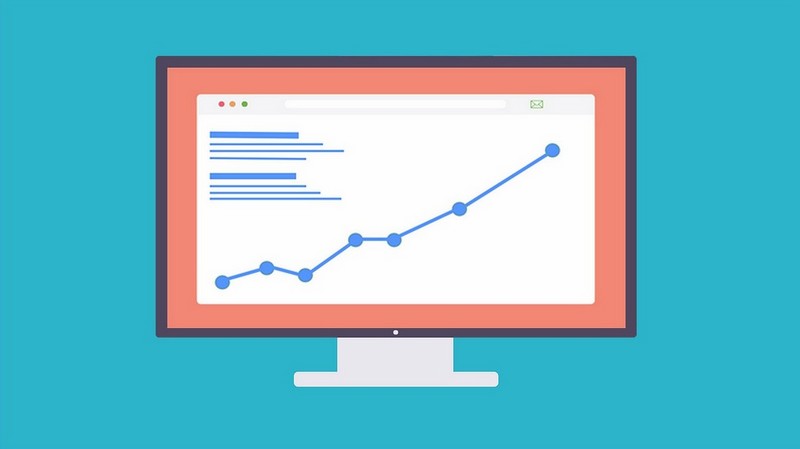Nowadays, the right SEO (Search Engine Optimization) is vital for every website on the entire web. Poor SEO means visitors and conversions shortage, and, as a result, low profits. We need great SEO to correctly tell search engines how to crawl and index our website. We also want a high search engine ranking for our product, so that it is accessed more frequently. This website will be more noticeable during the organic search as it will rank higher in SERPs (search engine results pages). The problem is, you can’t just develop a website and expect it to be well optimized for search engines without any additional optimization techniques.
SEO has some various technologies to make your website rank higher and, what’s more important, to ensure proper SEO-friendly site design. It’s more about architecture than about usual fonts, images, and other visuals. For excellent search engine visibility, we need to develop a high-quality well-optimized design for our website to achieve more impressions, conversions, and profit. It can be hard to notice what the problem is with your plan, why the amount of visitors is so low or why the site isn’t visible via popular search engines. In this article, let’s cover 6 essential points you should check to understand whether your website design is SEO-friendly or not.
Ensure You’re Playing Fair
We can split all SEO techniques into two categories: “white hat” and “black hat”. ‘’White hats’’ are legit and acceptable tools you may use to optimize the website for various search engines, e.g., creating a sitemap or use SEO image optimizers. Those “white hat” methods are highly recommended to use, and basically, every search engine will accept those techniques. Some of them may help you to boost website ratings, some of them will not.
On the other hand, in the past “black hat” techniques did exist. Buying and selling links, link farming, hiding links in your website, cloaking, keyword spamming are examples of such type of SEO methods. They are quite efficient but illegal and prohibited to use. All modern search engines can identify such kind of malicious behavior, add the website to a blacklist and exclude your product from organic search results.
Check for Website Sitemap
The other great method for SEO is to create a sitemap for your website. It’s a document that contains the list of all reachable links on your site. It’s a great way to tell the search engine how to crawl your website in the best possible way and not to miss any relevant web pages. The sitemap doesn’t directly increase the website search rank. Instead, it boosts the overall website visibility for organic search. The more accessible the site is for search engines, the higher search rank your website will get.
Make Sure Your Site Is Mobile-Friendly
Nowadays, mobile devices generate a huge part of traffic. Unfortunately, lots of websites require design optimization for such types of devices. Consider developing the mobile-friendly version of your site to make it easy to find and surf for tablets and smartphones. You’ll need to create a convenient mobile version to maximize possible results from mobile organic search and, after all, improve the website’s SEO and general popularity. You can use such handy tools as Google Mobile-Friendly Test and Google PageSpeed Insights to help you find and fix any possible issues.
Check If There Is Any Image Optimization
Images are an essential part of every website. No one likes plain text without any multimedia. Furthermore, website images may also boost your SEO. Use unique images with the highest resolution and quality you can ever find. Try to compress the picture without significant quality losses and make it lightweight but still memorizable. Add meta tags to your images and make them more visible for search engines. As a result, you’ll improve your SEO and search ranks with nice looking pictures that can be indexed well by various search engines.
Usability Is the Key
Usability is quite a comprehensive term that describes web convenience of use, page loading time, great navigation, site search, forms architecture, website design, etc. All these factors influence the overall SEO and search ranks. Lightweight and convenient user-friendly websites always generate great UX (User Experience), that may lead to conversion and impression boost.
All SEO Tools Must Work Correctly
You may use various external tools, add-ons or plugins for your website SEO. Some of them may be more efficient than others. Some of them may even be harmful to your website. It would be best if you always kept an eye on them to avoid possible problems. Moreover, Google Search Console will help you analyze the data provided by those tools to understand possible bottlenecks and strengths of your current SEO strategy. Never forget about the tools you use: you can always optimize them to work even better.
Wrapping Up
The popularity and overall profits or your website depend on the quality of the site’s SEO. Usually, it’s not enough to create a website and throw it to the web. You need to ensure that your website is visible for various search engines. Check if they index your site correctly and don’t miss any crucial pages. There’s where SEO-friendly design comes in handy. The great design provides a decent level of optimization for your website. This term comprises several factors, including mobile-friendliness, image optimization, the actual content of the site, sitemap availability, overall web usability and the quality of external SEO tools. All these techniques can optimize your website for various search engines and bring it to higher search ranks. On the other hand, poor SEO design might make your product get lost in depths of the web for the site’s entire lifecycle.


